We may earn money or products from the companies mentioned in this post. This means if you click on the link and purchase the item, I will receive a small commission at no extra cost to you ... you're just helping re-supply our family's travel fund.
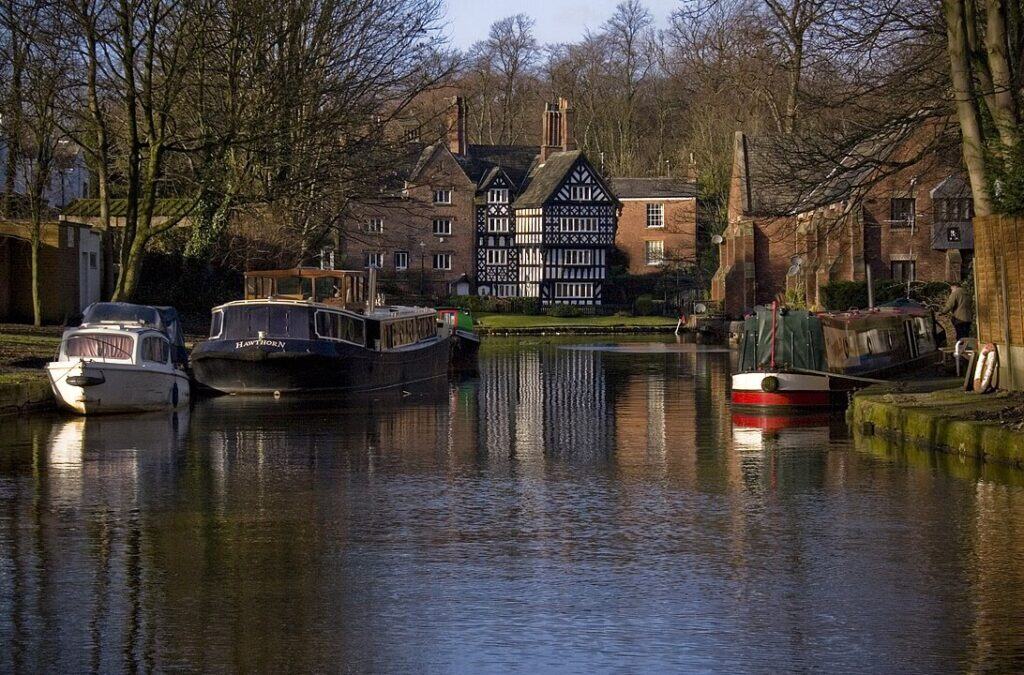
Waterways built more than shortcuts; they rewired economies. In the 18th and 19th centuries, canals hauled coal, grain, timber, and ideas at costs wagons could not touch. Locks lifted barges over hills, aqueducts leapt valleys, and towpaths stitched mills to distant ports. What this really means is simple. Distance got cheaper, seasons grew manageable, and towns turned into factory districts. These nine canals show how practical engineering became daily life and steady profit. Barges taught towns to measure time by gates and pounds rather than by mud and luck, and that discipline changed everything.
Bridgewater Canal, England
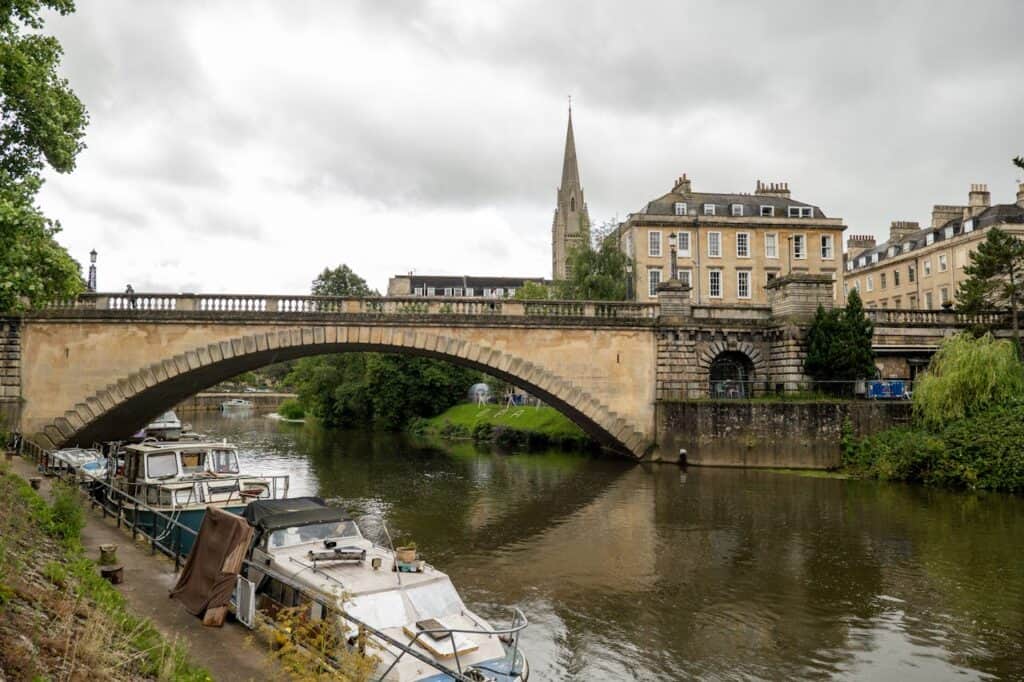
Built to carry coal from Worsley to Manchester, Bridgewater proved a private canal could slash prices and feed city furnaces. The original brick aqueduct over the Irwell set a bold standard; later, the Barton Swing Aqueduct rotated to let ships pass on the ship canal below. Collieries sent broad boats through straight, deep cuts, warehouses climbed the banks, and steam plants ran longer on cheaper fuel, giving mills reliable hours. Today, brick cuts and orange water at Worsley Delph still hint at the mines that financed everything.
Erie Canal, United States
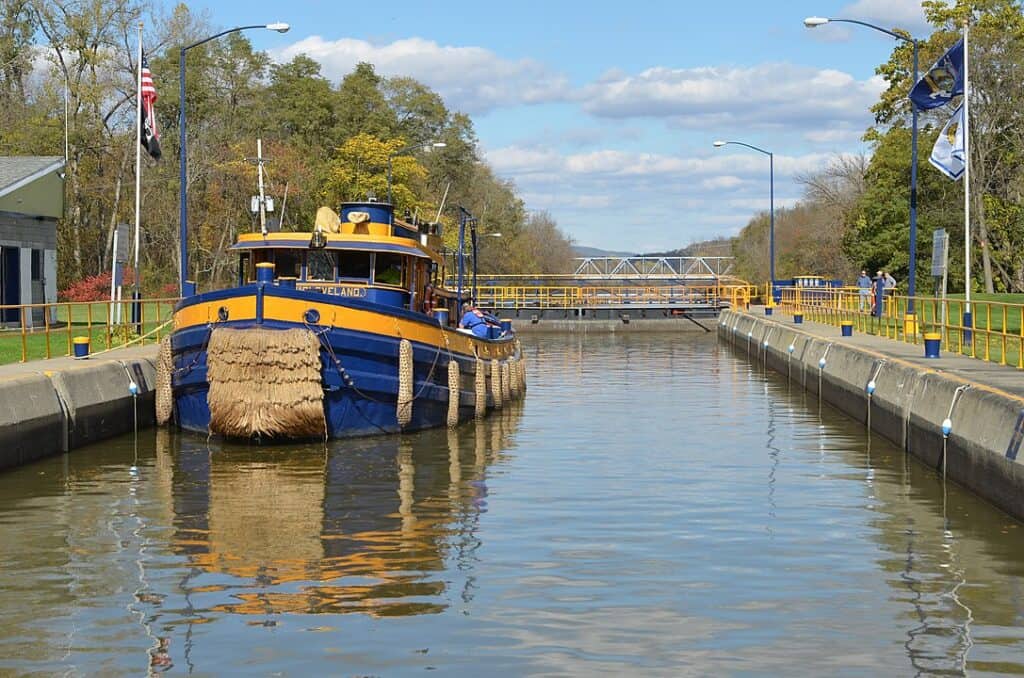
From Albany to Buffalo, Erie tied the Atlantic to the Great Lakes and moved trade inland. Crews cut through marsh and ridge, then widened locks as traffic surged. Wheat, lumber, and people flowed west; finished goods returned east to hungry markets. Canal towns sprouted mills and foundries, packet boats kept steady time, and New York Harbor claimed a continent as prices fell and routes stabilized across the interior states. Packet schedules taught inland towns to keep time, and barns filled on predictable freight cycles.
Canal du Midi, France
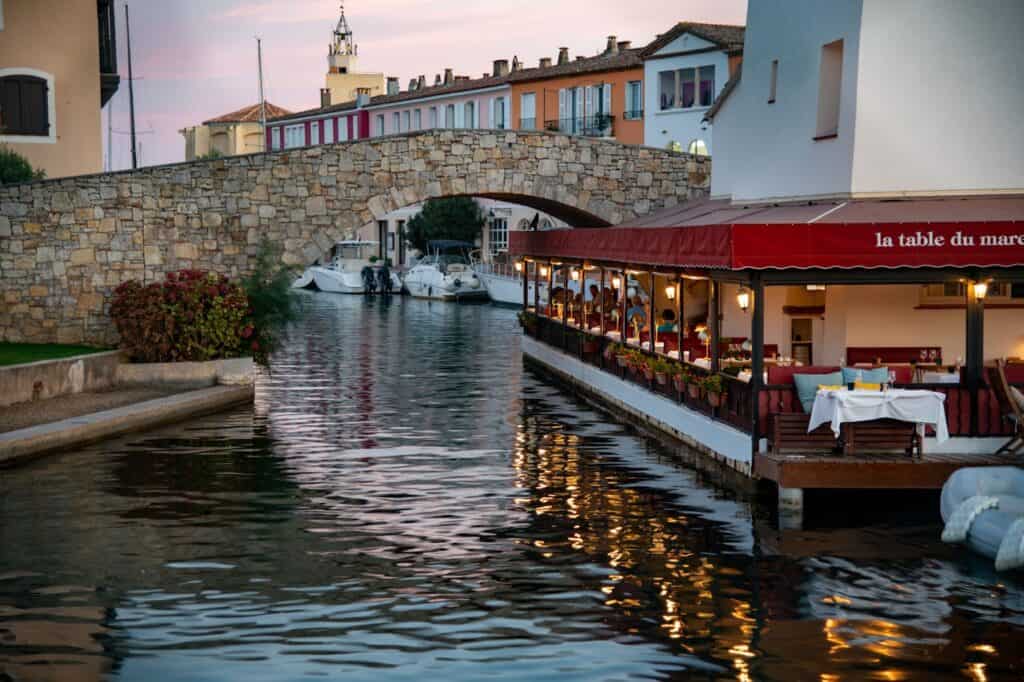
Seventeenth century in origin, Midi powered industry by giving Languedoc a calm inland route between Garonne and the Mediterranean. Oval locks eased strain, plane trees shaded banks, and stone spillways managed winter surge. Wine, grain, and cloth moved without coastal tantrums, while barge designs evolved for tight bridges and shallow reaches. Under steam and later diesel tow, the canal kept factories supplied and farms honest year to year. Old engineering proved elastic enough to meet new demand without losing its quiet civility.
Leeds And Liverpool Canal, England
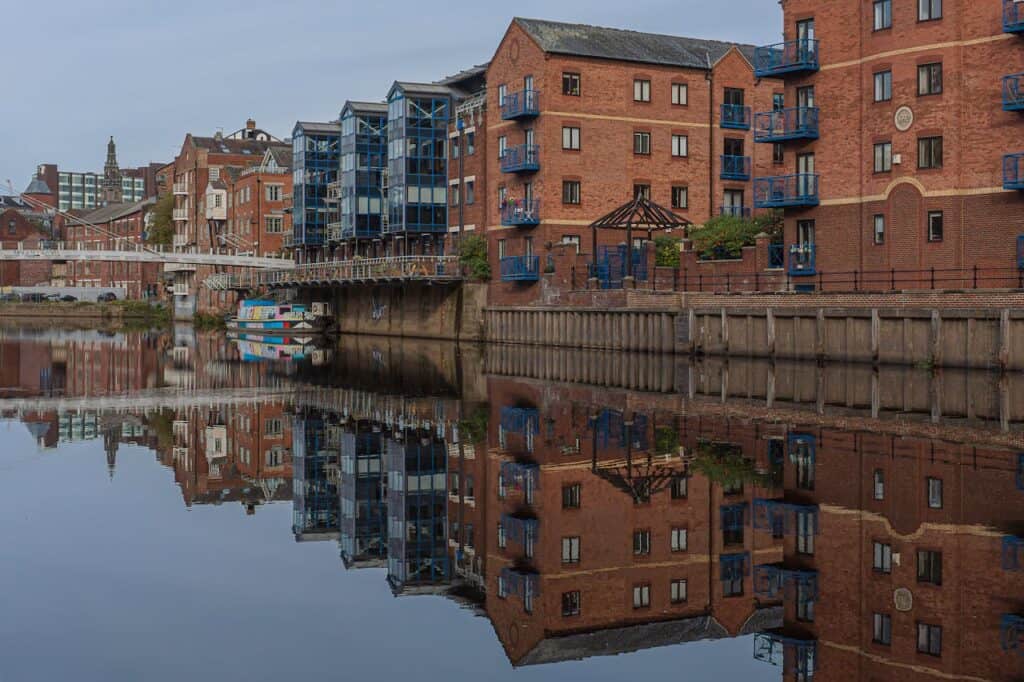
Crossing the Pennines, this long line carried Yorkshire coal and cloth toward Liverpool while Lancashire sent cotton goods inland. The Burnley Embankment strode above rooftops, and Wigan’s 21 locks climbed like a staircase built from patience and brick. Mills drew water and power, warehouses stacked bales and bobbins, limestone and coal shared holds, and foundries shipped castings by barge when rail proved dear or crowded. Boatmen learned the cadence of pounds and paddles, and towns learned patience as a working strength.
Manchester Ship Canal, England
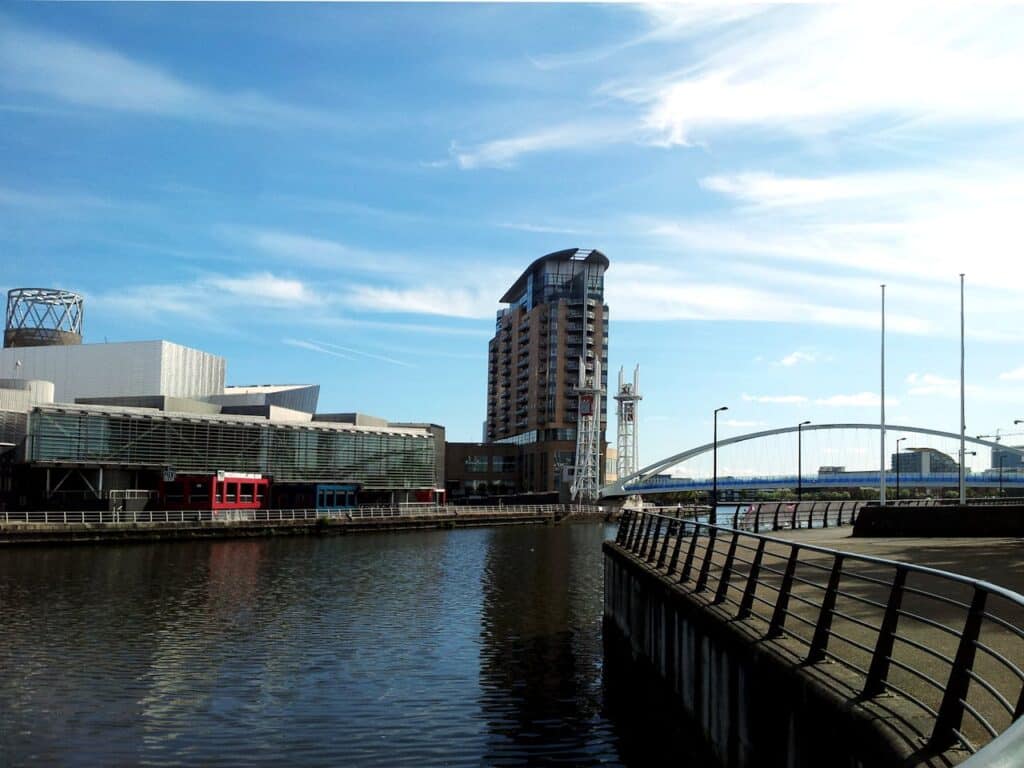
A late Victorian deep cut, the ship canal turned landlocked Manchester into an ocean port and broke dependence on Liverpool dues. Estuary widened to a disciplined channel, lofty bridges replaced swings, and inland docks rose like a steel seaboard. Ocean steamers unloaded cotton beside mills, machinery and cloth sailed out without coastal detours, and municipal pride matched balance sheets in a rare alignment.
Caledonian Canal, Scotland
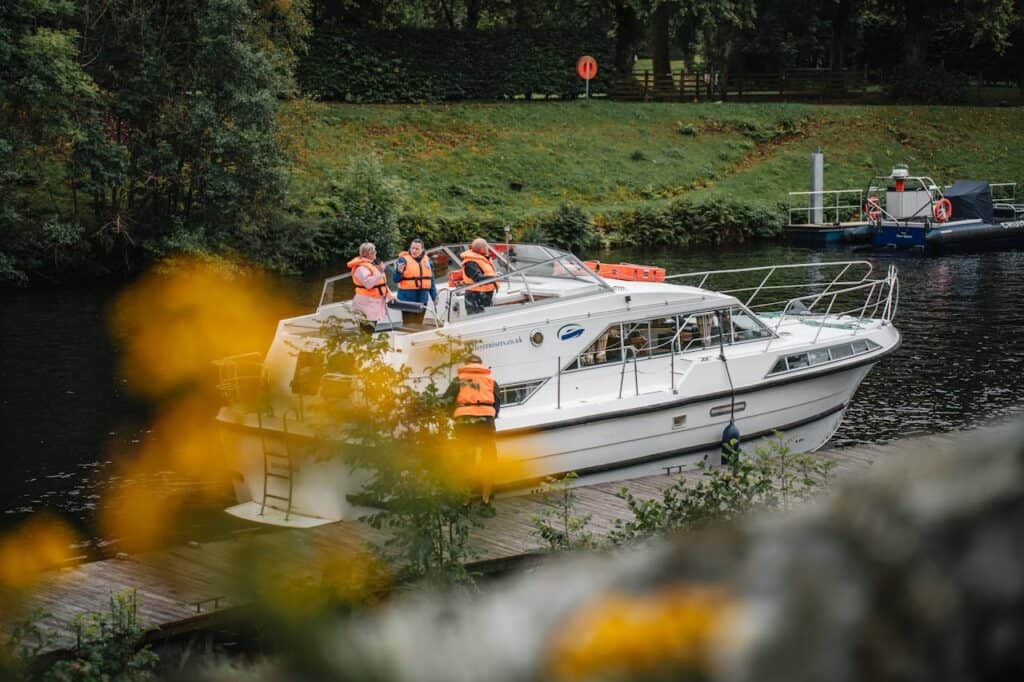
Neptune’s Staircase at Banavie, eight locks in a measured climb, announces a route that threads sea lochs and glens to civilize a harsh coast. Timber, slate, and cattle moved under tow while crews learned how freshwater and tide could meet politely. Storm seasons lost their veto, naval transfers gained speed, lighthouse supply runs shortened, and visitors finally saw the dramatic interior from a steady deck.
Rideau Canal, Canada
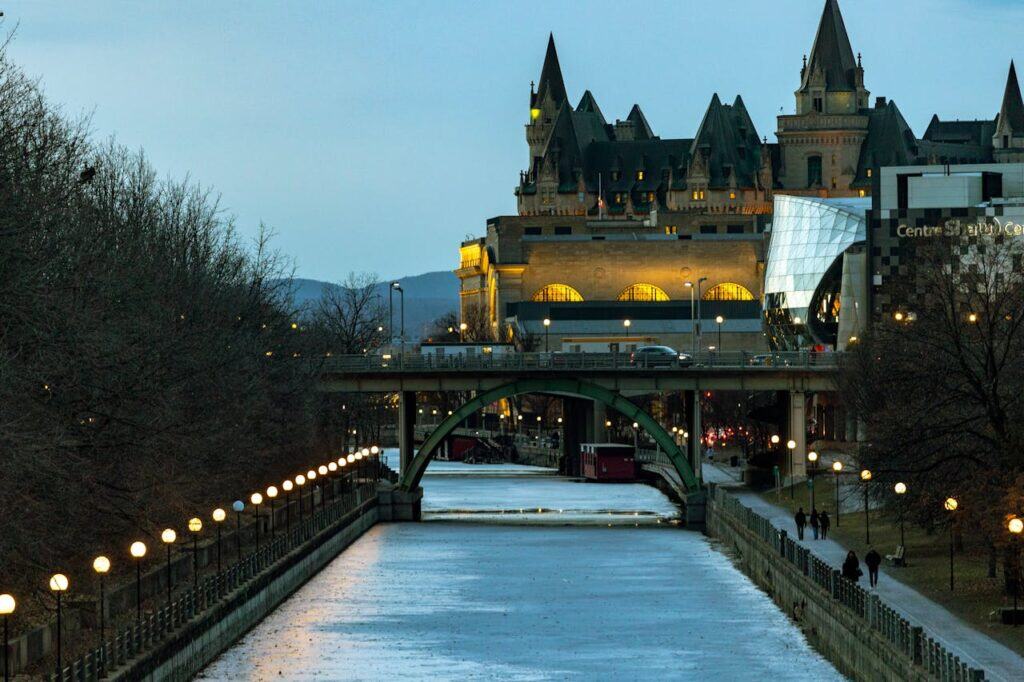
Built after the War of 1812 as a secure supply line, Rideau soon carried civilian freight between Ottawa and Kingston. Slackwater engineering flooded short reaches, leaving linked lakes managed by stone locks and hand cranked gear. Timber, flour, and potash traveled at predictable cost, anchoring mills and metal shops along the corridor. Winter froze a bonus highway for commerce and community.
Göta Canal, Sweden
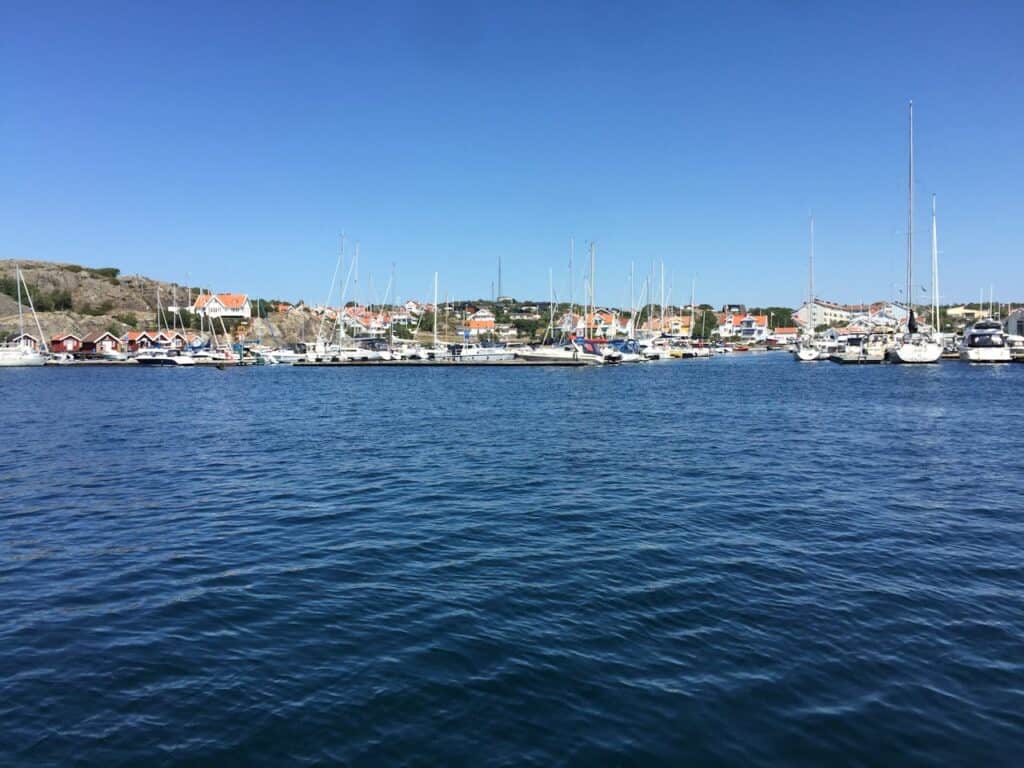
Linking Baltic and North Sea through lakes and cuts, Göta taught schedules to a country of rock and forest. Granite yielded to careful masonry; shallow draft steamers threaded narrow sounds with clockmaker timing. Iron, tar, and sawn timber moved inland when coasts blew savage, and inland ports grew workshops into factories. Even after rail took speed, bulk still chose water. Lockkeepers became conductors in a moving score, waving traffic through with practiced economy.
Kiel Canal, Germany
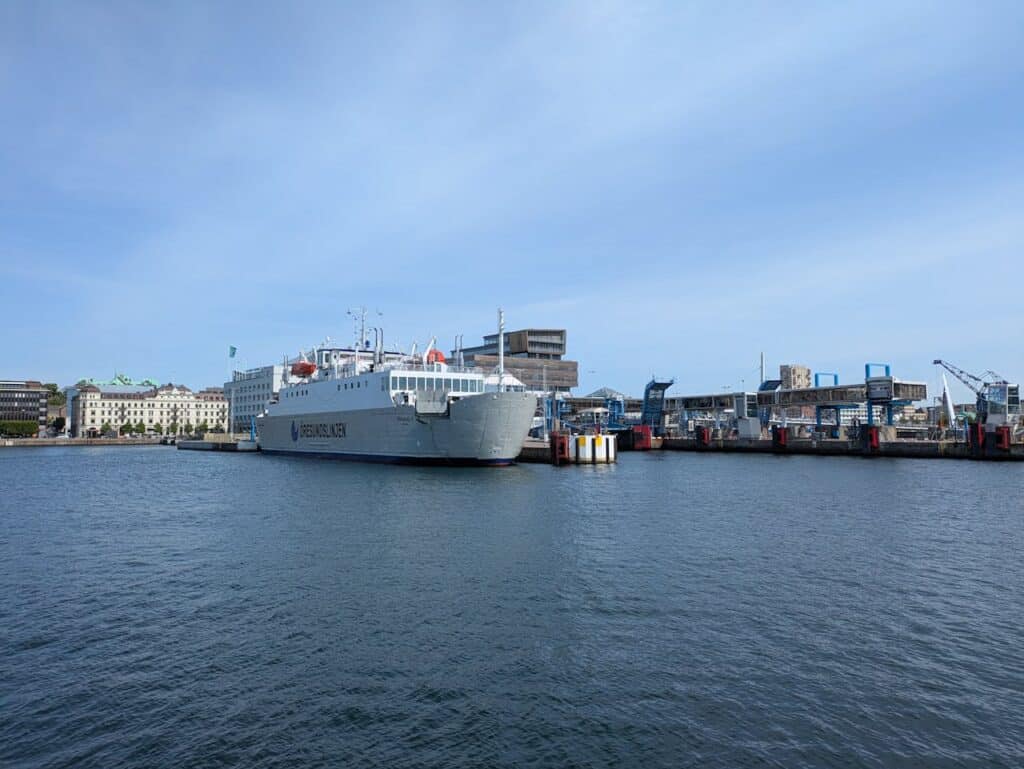
Opened in 1895 and widened for steel fleets, Kiel cut the long sweep around Jutland and paid shipowners in saved days. Locks, signals, dredging, and winter discipline kept drafts predictable and traffic steady between North Sea and Baltic. Coal, ore, and machinery moved cleanly between Ruhr works and Baltic yards, while trawlers and ferries shaved miles and made tight schedules possible.